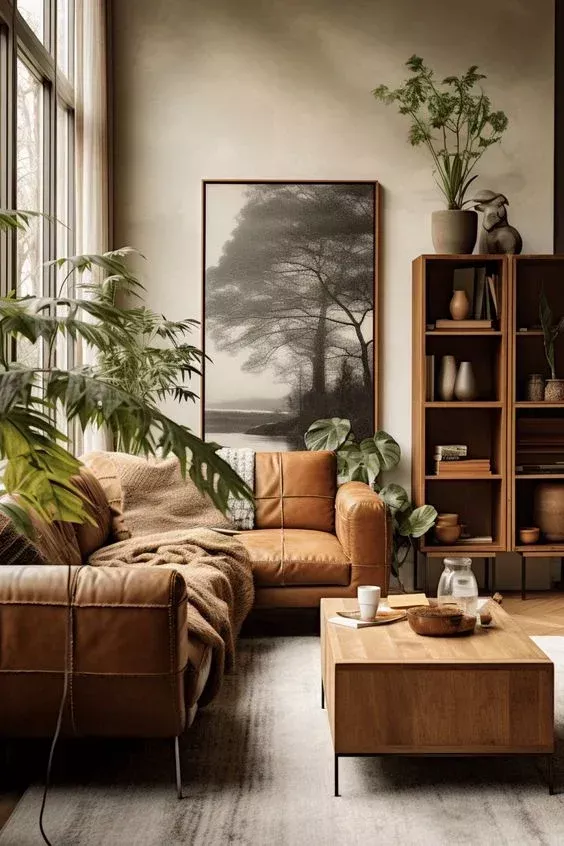
Interior design is the art of enhancing the interior of a room or space to create a more aesthetically pleasing and functional environment. It involves carefully selecting and arranging furniture, color schemes, lighting, and other elements to achieve a desired look and feel.
When it comes to interior design for a room, there are a few key principles to keep in mind. First and foremost, it’s important to consider the function of the room and how it will be used. For example, a living room may require comfortable seating and a warm, inviting atmosphere, while a home office may need to be organized and efficient.
Once you have a clear understanding of the room’s purpose, you can begin to think about the design elements that will help you achieve your goals. One of the most important considerations is the color scheme. Colors can have a powerful impact on the mood and feel of a room, so it’s crucial to choose colors that will create the desired atmosphere. For example, soft, neutral tones can create a sense of serenity and tranquility, while bold, vibrant colors can energize and invigorate a space.
Furniture selection is another key aspect of interior design. The type and placement of furniture can greatly affect the flow and functionality of a room. In a living room, for example, it’s important to consider the seating arrangement and ensure that there is a comfortable and inviting layout for guests. In a bedroom, the placement of the bed and other furnishings can impact the overall feel of the space and contribute to a sense of tranquility and relaxation.
Lighting is another important element of interior design. Proper lighting can enhance the mood and ambiance of a room, as well as highlight key features and architectural details. Natural light is always preferable, but in spaces where it may be limited, artificial lighting can be used strategically to create a warm and inviting atmosphere.
In addition to these key elements, accessories and decor can also play a significant role in interior design. Artwork, decorative objects, and textiles can add personality and interest to a room, while rugs, throw pillows, and curtains can provide warmth and texture. It’s important to choose accessories that complement the overall design scheme and help tie the room together.
Ultimately, successful interior design for a room is about creating a harmonious and functional space that reflects your personal style and meets your needs. By carefully considering the purpose of the room, selecting the right colors and furnishings, and adding thoughtful accessories, you can create a beautiful and inviting environment that you will love spending time in.
 Decoration Ideas
Decoration Ideas










